
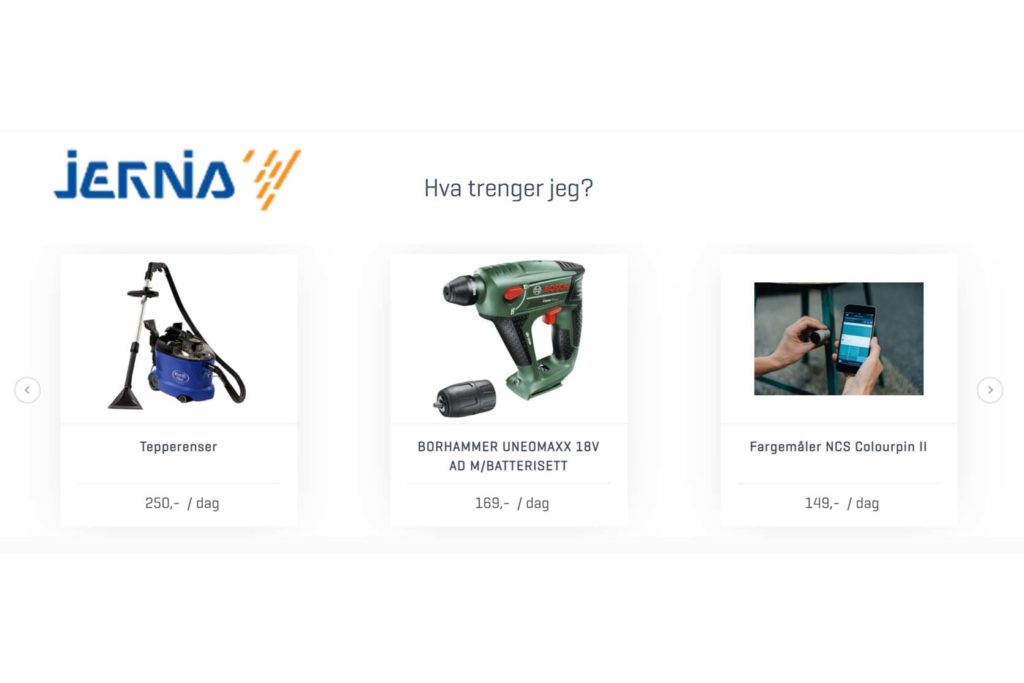

By 2025, the rental industry is experiencing sustained growth, driven by evolving consumer behaviors and economic factors. The global rental market is expected to surpass $150 billion, expanding at a compound annual growth rate (CAGR) of 6.5%.
This surge is largely attributed to a shift in priorities, with consumers increasingly favoring affordability, convenience, and access over ownership. Notably, 73% of millennials prefer renting rather than purchasing, emphasizing financial flexibility and sustainability as primary motivators.
From event decor to outdoor equipment, rentals have become the preferred choice for those seeking cost-effective and environmentally conscious solutions. Let’s explore the most in-demand rental items of 2025 and the product categories poised for continued growth!

The event decor and equipment rental market is on track to reach $5.6 billion by 2025, expanding at a 4.6% CAGR from 2024. This steady growth is fueled by the rising demand for weddings, corporate gatherings, and intimate celebrations, particularly during peak seasons in warmer months.
Sustainability is becoming a significant factor in the industry’s expansion, with 65% of clients favoring rental businesses that incorporate eco-friendly practices. This shift aligns with a broader consumer preference for reducing waste while still achieving elegant and memorable event setups.
The appeal of event rentals lies in their flexibility and cost efficiency. Renting allows event planners and hosts to craft unique, high-end experiences without the expense and storage concerns associated with ownership. Businesses in this sector can stand out by offering customizable rental packages, innovative designs, and seamless logistics to meet client demands.
? Key Trend: Success in this industry is driven by networking and creativity, with demand peaking during warmer months when outdoor and large-scale events are most common.
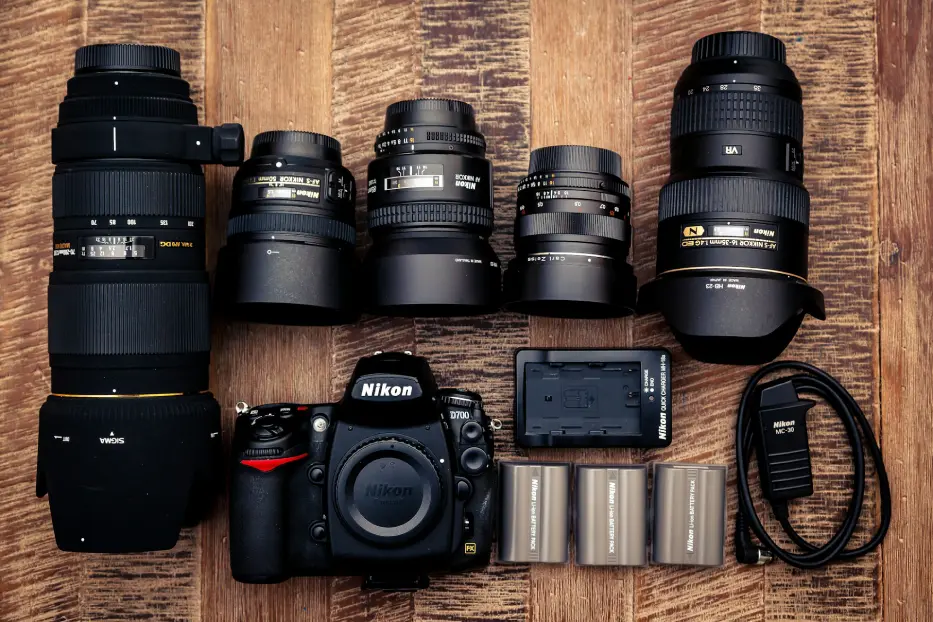
The camera and AV equipment rental market is projected to grow at an annual rate of 7.2% through 2025, driven by increasing demand from content creators, remote event producers, and virtual reality developers.
High-end gear remains a lucrative segment, with cinema cameras and lighting kits commanding daily rental rates exceeding $500. Meanwhile, more affordable options like streaming kits and podcasting setups have seen a 45% year-over-year increase, making professional-quality content creation more accessible to smaller creators.
This market expansion is particularly noticeable in developing regions, where access to professional-grade equipment is improving. Rental businesses in this sector can gain a competitive edge by offering:
– Flexible pricing to accommodate different budgets
– Equipment insurance for peace of mind
– Fast delivery and turnaround times to meet tight production schedules
Pro Tip: A strong online presence showcasing inventory and expertise can help attract professionals who value reliability, convenience, and quality service when choosing rental providers.

The e-bike rental market has surged with an 85% year-over-year growth rate, fueled by the increasing demand from urban commuters and tourists. As cities promote sustainable transportation, premium e-bike rental experiences now represent a significant share of the $49 billion global e-bike market.
E-bikes are a particularly profitable category, with higher rental rates compared to traditional bicycles. Meanwhile, mountain bikes and road bikes remain favorites among cycling enthusiasts. To maximize revenue, rental businesses can offer:
Market Insight: As consumers become more eco-conscious, biking is increasingly seen as a green and cost-effective travel alternative. This makes the e-bike rental industry an ideal opportunity for sustainability-focused entrepreneurs looking to tap into the growing market for low-emission urban mobility.

The party equipment rental market is experiencing rapid growth, with projections showing a 14.6% annual increase through 2025. This surge is largely fueled by the rising demand for themed party packages and inflatables, as celebrations—from children’s birthdays to community festivals—become more elaborate.
Parents are now spending 30% more on kids’ parties compared to 2023, with bounce houses and interactive games leading the segment. As a result, party rental businesses are thriving, offering essential items that make event planning hassle-free and fun.
Tables and chairs
Tents
Bounce houses
Cotton candy machines
Popcorn makers
This industry offers low startup costs, making it an ideal entry point for new entrepreneurs. Additionally, businesses can scale by introducing:
Photo booths for event entertainment
Custom-themed party packages to attract niche markets
Exclusive rental products to stand out from competitors
Growth Tip: Establishing strong relationships with local event planners, schools, and community centers can secure steady, year-round business, ensuring long-term profitability in this expanding market.
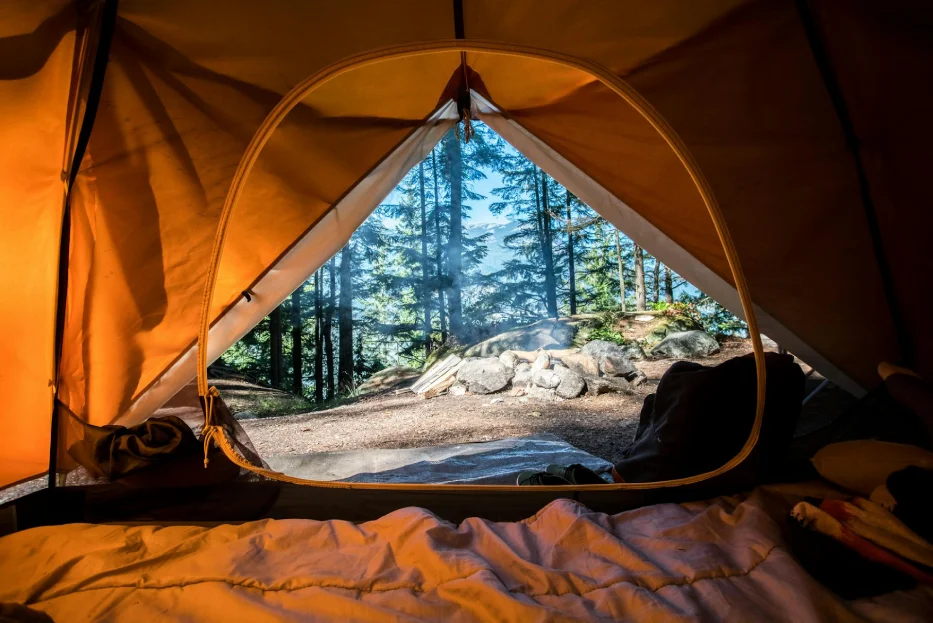
The camping and hiking gear rental market has witnessed a 55% surge in demand, largely driven by the increasing popularity of domestic tourism and outdoor adventures. As more travelers seek sustainable and budget-friendly experiences, rentals have become the go-to solution for accessing high-quality gear without the commitment of ownership.
By 2025, the global outdoor gear rental market is projected to exceed $4.5 billion, with ultralight backpacking kits and family camping packages leading the sector. The U.S. market, in particular, is experiencing significant growth, fueled by key players such as The North Face, Coleman, and Osprey Packs. Industry analysts forecast continued expansion through 2030, highlighting the increasing preference for rented equipment over owned gear due to cost savings and convenience. For further insights, refer to the U.S. Camping and Hiking Gear Market Report 2024-2030.
Family tents
Sleeping bags
Camping chairs
Coolers
Backpacks
– Offer package deals, such as weekend or group adventure bundles
– Run seasonal promotions, targeting peak camping months
– Partner with local tourism boards to attract eco-conscious travelers
Seasonal Note: Summer remains the busiest season for camping gear rentals, making early inventory planning and targeted marketing campaigns essential for capturing demand at the right time.
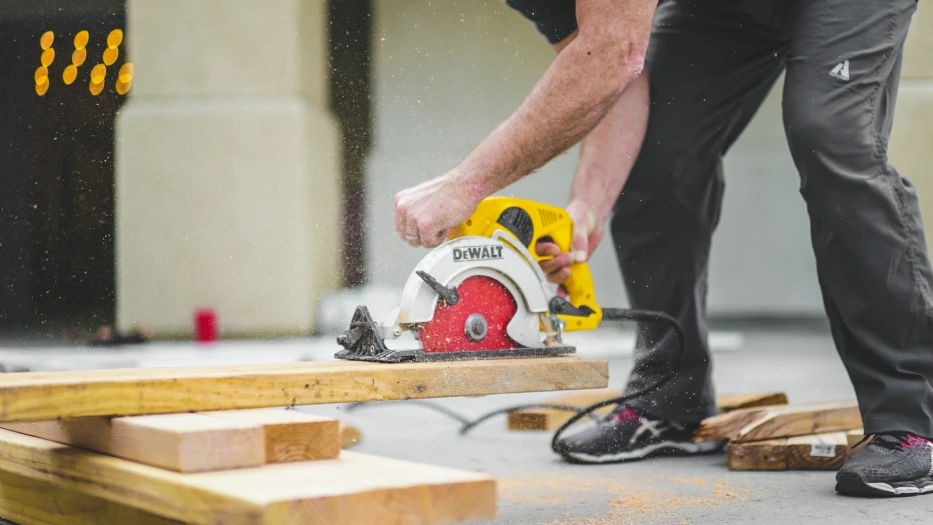
The growing DIY movement and continued construction boom make tools and heavy machinery essential rental assets. As both homeowners and contractors seek cost-effective solutions for renovation and building projects, tool rentals have become a key driver in the equipment rental industry. The global construction equipment rental market is projected to reach $82.6 billion by 2025, with a compound annual growth rate (CAGR) of 5.7% from 2024.
DIY tool rentals currently account for 35% of the market, with pressure washers, power drills, and sanders among the most rented tools for home improvement. On the commercial side, excavators, bulldozers, and forklifts remain top choices for contractors working on larger projects. The rental demand spans multiple sectors, from home remodeling to major infrastructure development.
Heavy Machinery – Excavators, bulldozers, and forklifts for large-scale construction
Dumpsters – Essential for waste management at construction sites
Earthmoving Equipment – Backhoes, skid steers, and trenchers for landscaping and groundwork
Power Tools – Drills, saws, sanders, and welding machines for renovation and DIY projects
Trailers – Utility trailers for transporting materials and machinery
Hot Tip: Emphasize how renting high-cost tools and machinery can save customers thousands of dollars compared to purchasing and maintaining them. A strong marketing approach highlighting cost efficiency and ease of use can drive business growth in this sector.

The global online clothing rental market was valued at approximately $1.12 billion in 2021 and is expected to grow at a compound annual growth rate (CAGR) of 8.5% from 2022 to 2030. This surge is fueled by shifting consumer preferences toward sustainability, affordability, and convenience, particularly for special occasions and fast-evolving fashion trends.
Sustainability: Renting reduces fashion waste and promotes a circular economy.
Affordability: Consumers can wear designer outfits for a fraction of the retail price.
Convenience: Online booking, delivery, and return services make the process seamless.
Variety: Customers can access a rotating wardrobe with trendy or luxury pieces.
Women represented 57.2% of the consumer demographic in the online clothing rental market in 2023, showing their stronger adoption of rental services. However, men’s formalwear rentals, particularly suits and tuxedos, have seen consistent demand, especially for weddings, business events, and black-tie occasions.
Men’s Suits – Business meetings, galas, and corporate events
Wedding Dresses – Bridal gown rentals for cost-conscious or eco-friendly brides
Tuxedos – High-end formalwear for weddings and special events
Fashion Items – Cocktail dresses, gowns, and designer pieces for short-term use
Accessories – Handbags, statement jewelry, and high-end shoes to complete outfits
Consumers are increasingly prioritizing eco-friendly fashion choices, and renting aligns with this movement by reducing waste and overproduction. Rental businesses that emphasize sustainable packaging, green dry-cleaning processes, and ethical sourcing will attract eco-conscious shoppers looking to make responsible fashion choices.
Hot Tip: Highlight the environmental impact of renting versus fast fashion in marketing campaigns. Customers are more likely to engage with brands that align with their values, especially in the luxury and event-wear segments.
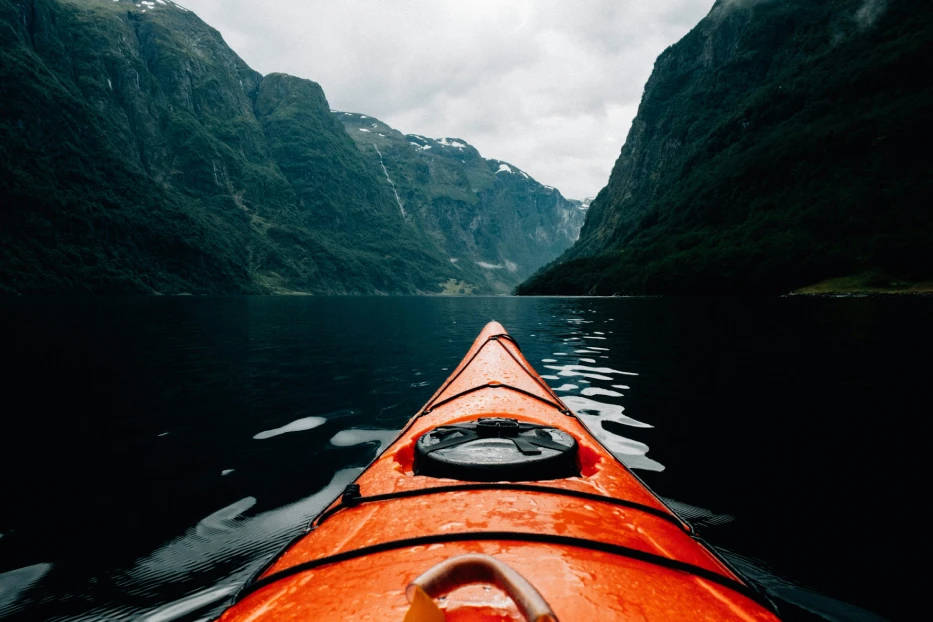
With hotter summers and a rising interest in outdoor recreation, water sports equipment rentals are experiencing unprecedented demand. Vacationers and adventure-seekers are flocking to beaches, lakes, and rivers, leading to a significant boost in rental activity.
The global water sports equipment rental market is projected to grow at a CAGR of 7.8%, reaching $5.3 billion by 2025. Stand-up paddleboards (SUPs) and kayaks saw a 50% increase in rentals in 2024, reflecting a growing trend of active, eco-friendly tourism.
Affordability – Many consumers prefer renting over purchasing expensive watercraft.
Convenience – Tourists and casual users can access gear without the hassle of storage and transport.
Sustainability – Rentals promote shared use, reducing the environmental impact of manufacturing and waste.
Experiential Travel – Vacationers plan trips around water-based activities, fueling demand for rentals.
Kayaks – Ideal for solo and group paddling on lakes, rivers, and coastlines
Paddleboards (SUPs) – The fastest-growing segment, popular for fitness and recreation
Surfboards – High demand in coastal destinations among beginners and experienced surfers
Diving Gear – Snorkeling and scuba equipment for exploring underwater ecosystems
Fishing Equipment – Rods, reels, and tackle gear for sport and leisure fishing
Partnering with resorts, vacation rentals, and beachfront hotels can drive consistent bookings, especially during peak travel seasons. Establishing rental kiosks at marinas and tourist hotspots further enhances accessibility for spontaneous renters.
Hot Tip: Create seasonal promotions targeting summer travelers and adventure seekers. Offering “sunset paddle tours” or “family kayak packages” can set your rental business apart in a competitive market.
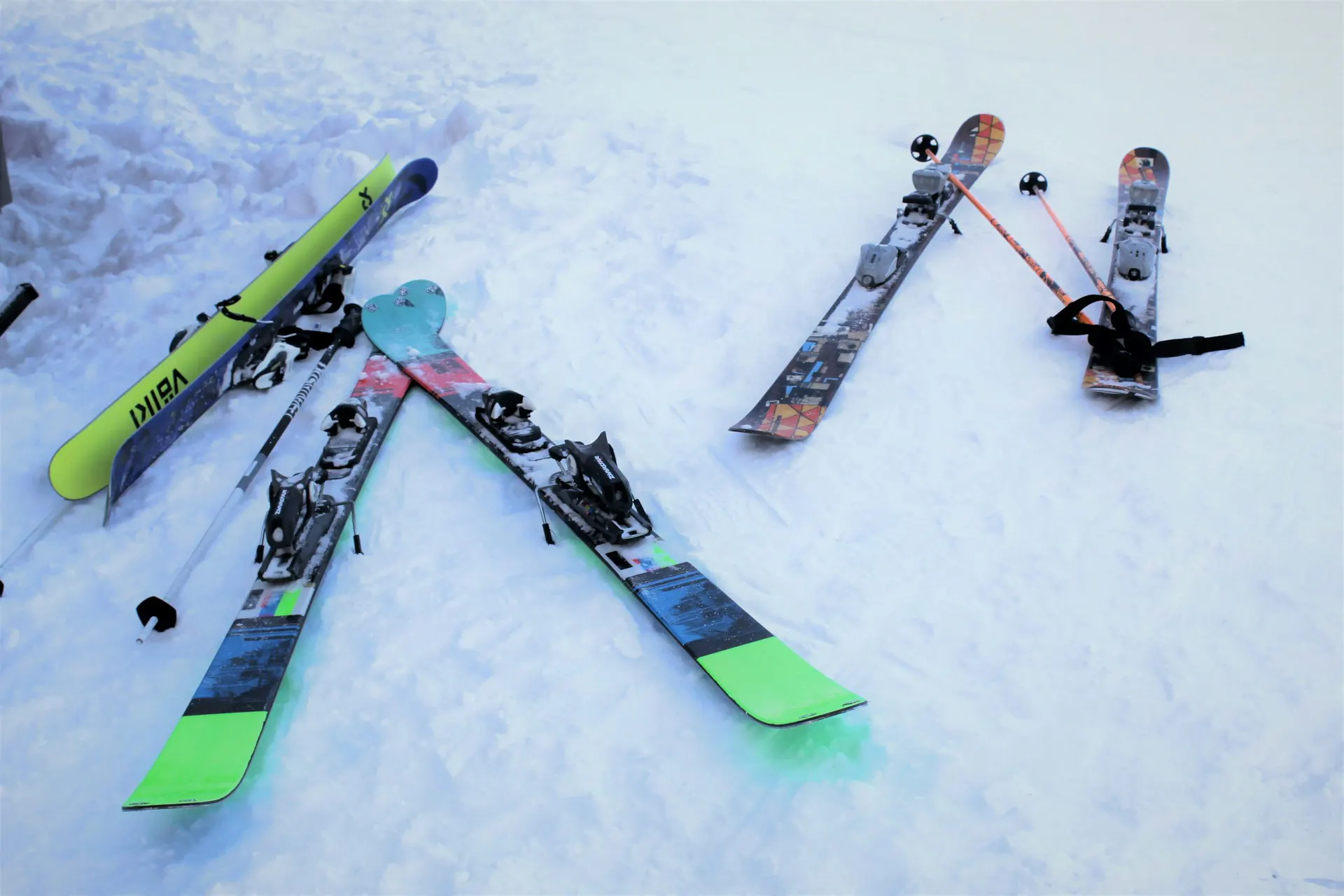
The winter sports rental market is experiencing steady growth, currently valued at $1.9 billion and expanding at an annual rate of 6%. With ski resorts seeing increased visitor numbers and technological innovations streamlining the rental process, demand for high-quality winter gear rentals continues to rise.
Regions with well-established ski tourism industries, such as North America and Europe, remain the strongest markets, with seasonal peaks during the winter months. Rental companies are leveraging barcode scanning, automated booking systems, and online reservations to improve efficiency and enhance customer convenience.
Affordability – High-end winter sports gear is expensive to purchase and maintain, making rentals a cost-effective alternative.
Convenience – Tourists and occasional skiers prefer renting over transporting bulky equipment.
Technological Advancements – Digital booking systems and RFID technology streamline the rental experience.
Eco-Friendly Appeal – Shared equipment reduces overproduction and waste, aligning with sustainability trends.
To diversify revenue streams, expanding into winter apparel rentals—such as insulated jackets, gloves, goggles, and helmets—can increase customer spending per rental session. Travelers who forget or prefer not to invest in expensive gear may opt for full-package rentals, ensuring a one-stop-shop experience.
Hot Tip: Promote VIP or seasonal rental memberships where frequent skiers can rent premium gear for the entire season at discounted rates. This builds customer loyalty while ensuring repeat business.

The toy and baby equipment rental market has experienced a remarkable 95% year-over-year growth, driven by eco-conscious parenting and the rising costs of baby gear ownership. Parents are increasingly choosing rentals for short-term needs, travel, and to avoid clutter, making this niche a booming industry expected to reach $1.8 billion by 2025.
Affordability – Renting essential baby gear saves families hundreds of dollars.
Sustainability – Parents are opting for eco-friendly solutions to reduce waste and overconsumption.
Convenience – Travel-ready families prefer renting strollers and car seats instead of transporting bulky items.
Educational Focus – STEM-based toys and interactive learning kits are in high demand.
Pack ‘n Plays – Portable cribs for traveling families
High Chairs – Essential for feeding, especially in vacation rentals or at family gatherings
Strollers – Lightweight, jogging, and travel strollers remain top rental choices
Car Seats – Mandatory travel gear, particularly for visitors and short-term use
Baby Swings – Popular for soothing infants at home or in temporary accommodations
The growing demand for sustainable and educational toys presents an opportunity for specialized rental offerings. Businesses that curate high-quality, developmentally appropriate toys—such as wooden Montessori sets, sensory play kits, and coding toys—can tap into a highly engaged, repeat-customer market.
Hot Tip: Partner with hotels, Airbnb hosts, and travel agencies to offer baby gear rentals for traveling families. A seamless booking system with easy add-ons for baby essentials can significantly boost revenue.
For rental businesses, managing insurance and liability is essential to protect both the company and its customers. High-value equipment, such as AV rentals and heavy machinery, typically require security deposits or damage waivers, while wear-and-tear coverage is more common for party supplies and sports rentals.
To ensure smooth transactions and build customer trust, rental businesses should:
Using advanced rental software can also streamline operations, from automating damage reports to integrating digital booking systems. Tools like Sharefox Rental Software help businesses efficiently handle contracts, deposits, and liability claims, ensuring a seamless rental experience.
The rental industry’s rapid evolution reflects changing consumer behaviors, where affordability and flexibility are top priorities. Whether customers are looking for wedding rentals, camping gear, or construction equipment, on-demand access to high-quality items is driving rental demand.
For entrepreneurs, this industry offers endless opportunities for growth, particularly with the help of rental business software. By leveraging booking automation, focusing on customer experience, and staying informed on rental business trends, rental businesses can maximize profitability in 2025 and beyond.